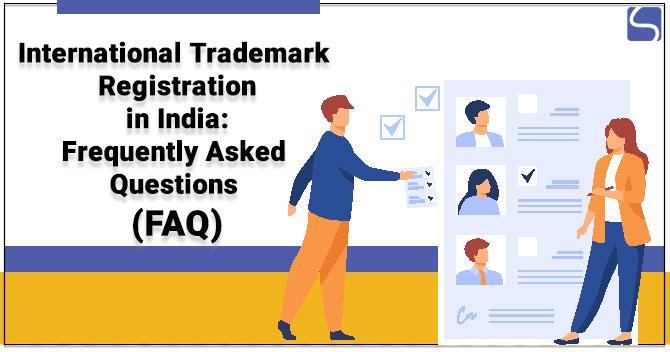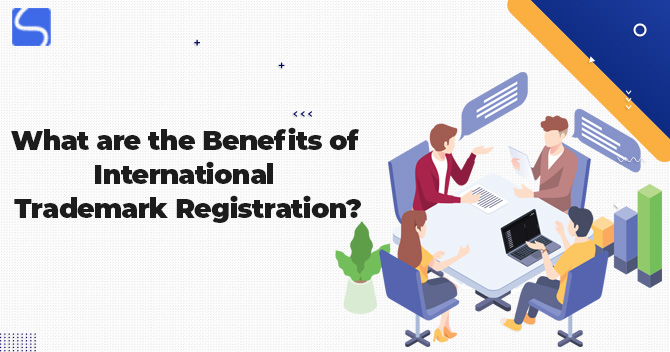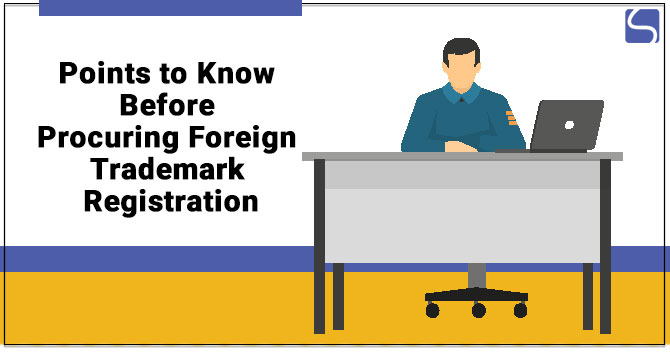International Trademark Registration in India: Frequently Asked Questions (FAQ)

Karan Singh | Updated: May 25, 2021 | Category: International Trademark
In this blog, we discuss the various Frequently Asked Questions (FAQs) over the International Trademark Registration in India. The International Trademark Registration is regulated by the Madrid Protocol. The legislation plans to makes the product or brand protected and safe both nationally and internationally. Like all other IPRs, Trademark rights are examined different in each nation or jurisdiction for where they are attained. The rights of International Trademark mentions to a set of Trademark Rights across the number of nations, existence, jurisdictions, enforceability, as such rights are distinct to each nation.
Table of Contents
An Overview of International Trademark Registration
Registration of a Trademark internationally is a designation for the Registration protected under the Madrid Protocol. It’s a consistent application through a centralized filing system. It’s a process, which permits the Trademark Owner, to register within the various nations, via a single application form for the Registration.
Benefits of Trademark Registration Internationally
Following are the benefits of registering a Trademark internationally:
- Centralized application system;
- Consistent application;
- Stops the person to file different individual national applications;
- Business Opportunities;
- Unique Identity;
- Beneficial for E-Commerce.
Conventions- Prevailing International Trademark
The Paris Convention manages the safety of industrial property in the broad sense such as Trademarks, Patents, Industrial Designs, Service Marks, Geographical Indications, Trade Names, and the repression of unfair competition. This convention is the global treaty for the protection of intellectual property. More than 177 nations are signatories to this convention. This global agreement was the first big step to aid creators in making sure that their intellectual works were safeguarded in other nations.
The convention is essentially focused on a countrywide for any Union nation are delivered the same benefits regarding Intellectual Property Protection and implementation that the national law of any nation of the Union grants its citizens.
What is a Madrid Protocol?
Madrid Protocol is a global system for procuring Trademark protection in a number of nations or/and regions using a single application. Protection can only be attained for nations and areas which have joined the system (member nations).
The Madrid System[1] is a cost-effective and appropriate solution for managing and registering Trademarks internationally. File a single application and pay a single set of fees to apply for the protection in up to 124 nations. Amend, expand, or renew your global Trademark portfolio via one centralized system.
Following are some features of the Madrid Protocol:
- It gives the security to a Trademark and sovereignty protection in different nations;
- The system is regulated by two treaties, namely: Madrid Protocol and Madrid Agreement;
- According to the Madrid Agreement, the national of any signatory can protect the safety of their Trademark incorporated in the nation of their origin and in all other states that are parties to the agreement;
- Before this Madrid Protocol and Agreement, the rules of the WIPO (World Intellectual Property Organization) were followed.
Some FAQs (Frequently Asked Questions) Over International Trademark Registration in India
Q1. What is a Trademark?
A Trademark is a type of Intellectual Property with a familiar design, logo, expression, and sign which identifies the product or the services of a particular source from the other source. The description of a Trademark is well-known from the standards of an International Trademark.
It can be expressed as a form of a word, name, signature, symbol/visual, label, numerals, a combination of colours, used on one undertaking of goods or services, or other articles of commerce used to differentiate it from other similar products or services, originating from the different undertaking.
Q2. What are the Different Roles of a Trademark as per the Standard of International Trademark?
- No alter in quality;
- Advertisement for products or services;
- Recognition from the origin of Goods or Services;
- Creates the public representation for the goods or services.
Q3. What are the Different Types of Trademark That should be registered in India?

- Unusual Names: Name which is not unusual for a Trademark to accept as a mark, consisting of surname of the applicant, personal, or predecessor in business, or the person’s signature.
- Letters: Those letters or a combination thereof, or numerals.
- Scheme of Colours: It means that even a single colour, or the combination of colours, with a word or device.
- Right to Ownership: It gives the right to ownership over a Trademark obtained either by Registration under the Trade Mark Act or by use regarding the goods or services.
- Invented Words: Those words which are not found in the non-arbitrary names. There are non-descriptive of the character’s quality or quality of goods or services.
- Shape of Goods: It means that every shape of goods or their packaging.
- 3-D Design: It means marks have 3-D designs.
- Sound Marks: Those sounds which are shown in conventional notation or mentioned in words by being graphically represented.
Q 4: What is the Process of International Trademark Registration in India?
Following is the process to file the International Trademark:
- Trademark Application in India: There has to be an equivalent application to be filed in India for a Trademark Registration.
- Selected by Different Nations in Madrid Protocol: In a single application under the Madrid Protocol, different nations will be selected which member is of Madrid System.
- Fees: The fees for the Registration is depended on the number of classes and nations designated.
- Fees using Online Tool: The fees of the Trademark application can be estimated by using the online method in India, by selecting the office of origin in India, picking the number of classes, and defining the colour of the mark.
- Fees to the Registry of Indian Trademark: The fees of Rs. 2000/- is payable in the Registry of the Indian Trademark.
- Inspection by Designated Members: Upon filing the Trademark application, the mark is inspected by each selected member nation, where the Trademark Registration is sought and then precedes the Registration.
- Five Years from the Registration Date: An International Registration of Trademark under the Madrid Protocol is dependent on the equivalent Indian application for five years from the International application date.
- Individual Registration in a Various Country who is not Registered: If there is a necessity or want to procure the Registration in a nation that is not a member of the Madrid Protocol, separate nation registration of Trademark has to be filed that nation directly.
Q 5: What are the Requirements Before filing an International Trademark Application?
Before filing an application for International Trademark, you should register your mark first in the country of origin. The classes or goods/services in your application of International mark should be covered by your country mark. You will be capable of using your designated country mark as a base of an application of international mark, delivered that the nations which you are looking for Registration with are party to the Madrid Protocol.
Q 6: What is the Validity of an International Trademark Registration?
A Trademark that is internationally registered is valid for only ten years from the application date.
Conclusion
Registering a Trademark globally provides the company or entity with an exclusive right to commercialize their products in those markets internationally. This is the basis for stopping the counterfeiting of the brand and its consequences. The proprietor gets the exclusive right as one of the business assets. This will increase the opportunity of the company to license the Trademark for the company’s merchandising plan. The protection and advantages which is registered Trademark outweigh the cost of International trademark Registration.
Read our article:An Overview of Madrid Protocol in India













